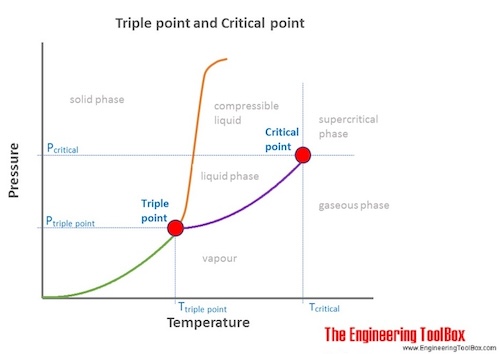

It can be calculated by dividing shear stress by shear rate. In Newtonian fluids, this value doesn’t change, but with non-Newtonian fluids, apparent viscosity is directly affected by the shear rate. Any viscometer that uses gravity in its measurement design is measuring kinematic viscosity.Īpparent (shear) viscosity: Apparent, or shear, viscosity refers to the relationship between viscosity and shear rate. It can be defined as the ratio of dynamic viscosity to density.

Kinematic viscosity: Kinematic viscosity is a measure of the viscosity of a (usually Newtonian) fluid in motion. It refers to the fluid’s internal resistance to flow when force is applied. Let’s define the different types of viscosity:ĭynamic (absolute) viscosity: Dynamic viscosity is also known as absolute viscosity and most often relates to non-Newtonian fluids. Image used with permission (CC SA-BY 4.0 Synapticrelay). The fluid on the left has a lower viscosity than the fluid on the right. They refer to the different types (or coefficient values) of viscosity that can be measured in a fluid.The type of viscosity yielded by your viscometer’s measurements depends on the kind of viscometer you’re using, but it’s usually either dynamic or kinematic. Kinematic, dynamic, relative, apparent, absolute - when dealing with viscosity measurements using a viscometer, you will likely come across these words.


 0 kommentar(er)
0 kommentar(er)
